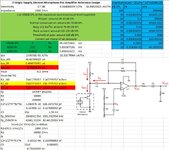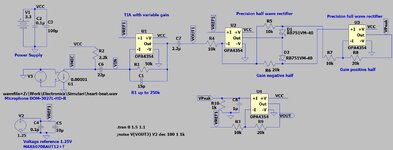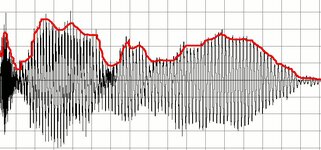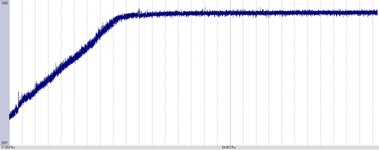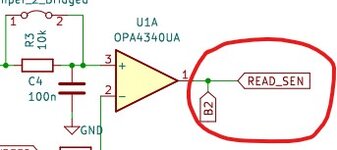gvi70000
Member level 5
Hi,
I am trying to make a sound sensor that will be used with a microcontroller.
The first amplification stage is based on this document from TI with some modifications
The second and third stage is a precision full wave rectifier that will act as envelope with the RC placed at input of last amplification stage, the output signal should be an envelope.
In LTSpice the simulation works well till I added the RC+last amplification stage and the program is crashing.
The goal is to get at the output a signal similar with the one shown in the last image.
Any idea what I am doing wrong in the schematic?
Any ideas or comments for improvement are welcomed.
I am trying to make a sound sensor that will be used with a microcontroller.
The first amplification stage is based on this document from TI with some modifications
The second and third stage is a precision full wave rectifier that will act as envelope with the RC placed at input of last amplification stage, the output signal should be an envelope.
In LTSpice the simulation works well till I added the RC+last amplification stage and the program is crashing.
The goal is to get at the output a signal similar with the one shown in the last image.
Any idea what I am doing wrong in the schematic?
Any ideas or comments for improvement are welcomed.
Attachments
Last edited:
